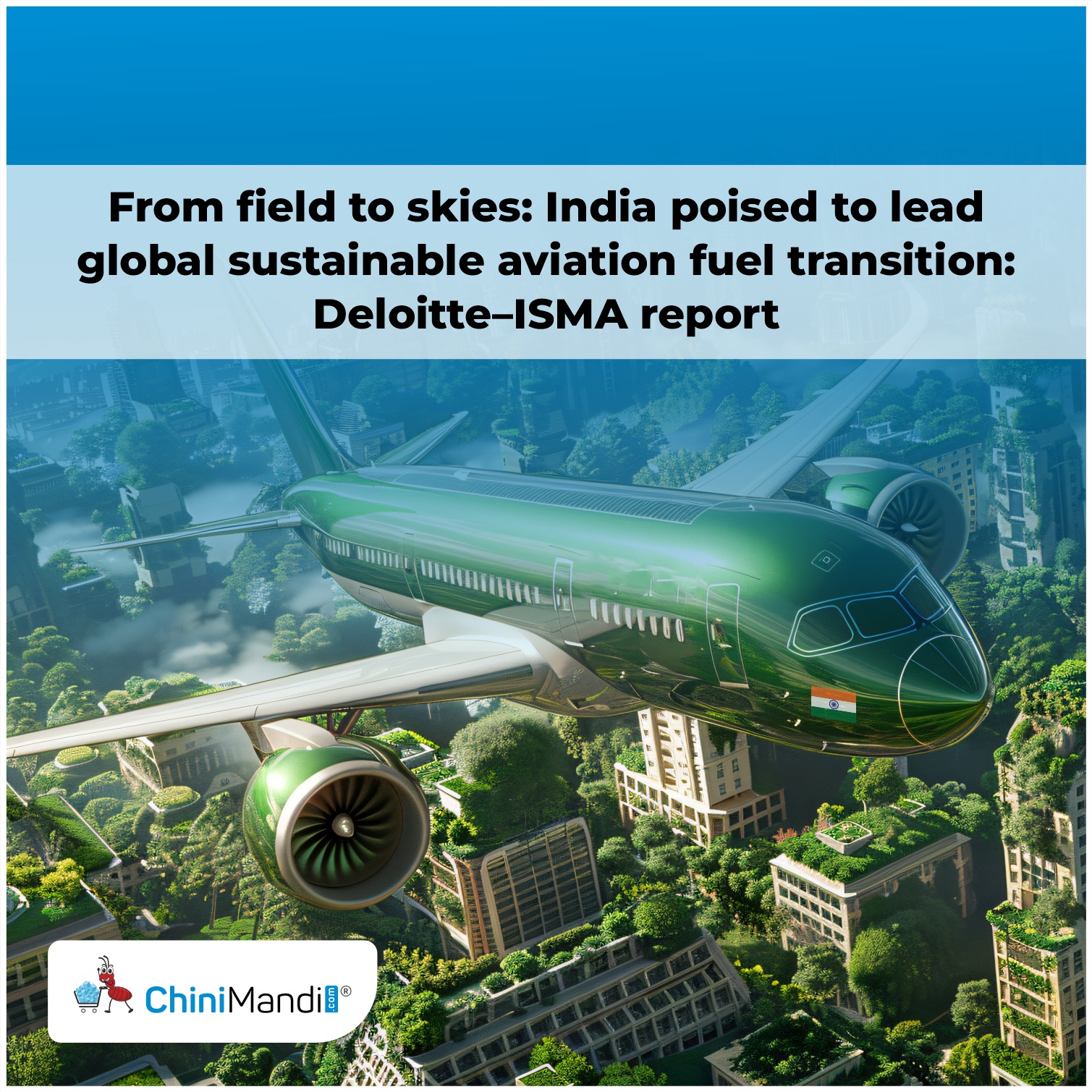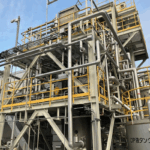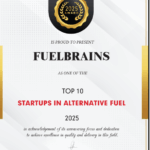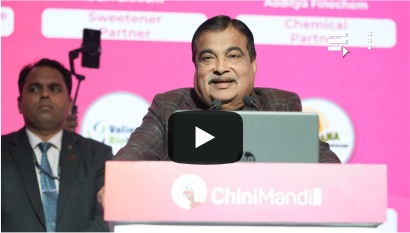Deloitte and ISMA released a report on 11th September 2025, on Sustainable Aviation Fuel (SAF) titled ‘India’s SAF Roadmap’. The report outlined meticulous details on the need for SAF across the global aviation sector, and detailed India’s production potential and readiness for this green fuel.
The report suggested that, “The aviation industry has shown steady growth and resilience, becoming a key driver of global connectivity and economic development. However, rising concerns over climate change have placed increasing pressure on the sector to decarbonise”.
The report said that without effective mitigation, aviation emissions are projected to rise significantly and comprise a larger share of global emissions by 2050. The International Civil Aviation Organisation (ICAO) has introduced the Carbon Offsetting and Reduction Scheme for International Aviation (CORSIA) to limit emissions to 85% of 2019 levels, while the International Air Transport Association (IATA) has committed to achieving net-zero emissions by 2050.
The report said that SAF has emerged as the most viable near, mid and long-term solution to decarbonise the aviation sector, and is projected to contribute 53-66% of total sectoral emission reductions.
India’s prowess in SAF production- A potential gamechanger
India’s aviation sector is projected to lead global growth in air passenger traffic, with an annual expected growth by 11%-13% until 2030.
The report said, “As a result, demand for SAF is expected to rise in parallel, driven by proposed blending mandates (1% by 2027 and 2% by 2028, reaching upto 5% by 2030 for international travel), airline sustainability commitments, and corporate net-zero goals”.
The report said that India’s robust sugar industry has the ability to produce 350 to 400 Cr liters of SAF via surplus ethanol from the 1G route alone, by 2040. “The sector holds the potential to meet over ~50% of India’s total SAF demand by 2040. In the near term, the report projects that the sugar sector can easily support 125 to 150 Cr liters of SAF production in 2030 without any disruptions in the ongoing sugar supply or ongoing ethanol blending,” the report outlined.
Commenting on the report, Deepak Ballani, DG of Indian Sugar & Bio-Energy Manufacturers Association (ISMA) said that “India has a unique opportunity to lead the global transition to Sustainable Aviation Fuel (SAF), with the ISMA–Deloitte Report charting a clear roadmap to not only meet our CORSIA commitments but also realise the Government of India’s vision of making the nation a SAF export hub. These findings are reinforced by the ICAO ACT–SAF Capacity-Building Report for India, which identifies Alcohol-to-Jet as the most viable pathway for our long-term SAF demand, with sugarcane-based feedstock offering the most scalable and lowest-carbon solution”.
He further added that the report underlines the readiness of India’s biofuel industry to lead the next wave of global decarbonisation. “We have the feedstock, aggregation systems, and technology in place. With an enabling ecosystem—akin to the Ethanol Blending Programme—we can rapidly scale SAF production, adoption, and consumption, all at once. This transformation is not just about cleaner skies; it is about empowering our farmers to fuel the future of global aviation while fulfilling our Viksit Bharat and Atmanirbhar Bharat goals,” he said.
However, the report highlights some key recommendations that can effectively support the scale-up of SAF production and use in India.
There is a need for a coherent and phased policy framework which is essential for unlocking the full potential of Sustainable Aviation Fuel (SAF) in India. The report said, that “One of the most effective ways to create market demand is through mandatory blending targets beyond CORSIA. By providing long-term certainty to both producers and end-users, such mandates can guide investment decisions and align SAF deployment with national decarbonization goals. Amongst other recommendations are- (i). Offering time-bound financial support such as tax incentives, viability gap funding, or capital subsidies could help improve early-stage project viability. (ii). Considering a Price Cap Mechanism and Long-Term Offtake Agreements (iii). Streamlining Regulatory Approvals, and (iv). Strengthening R&D Support for Emerging Technologies.


















